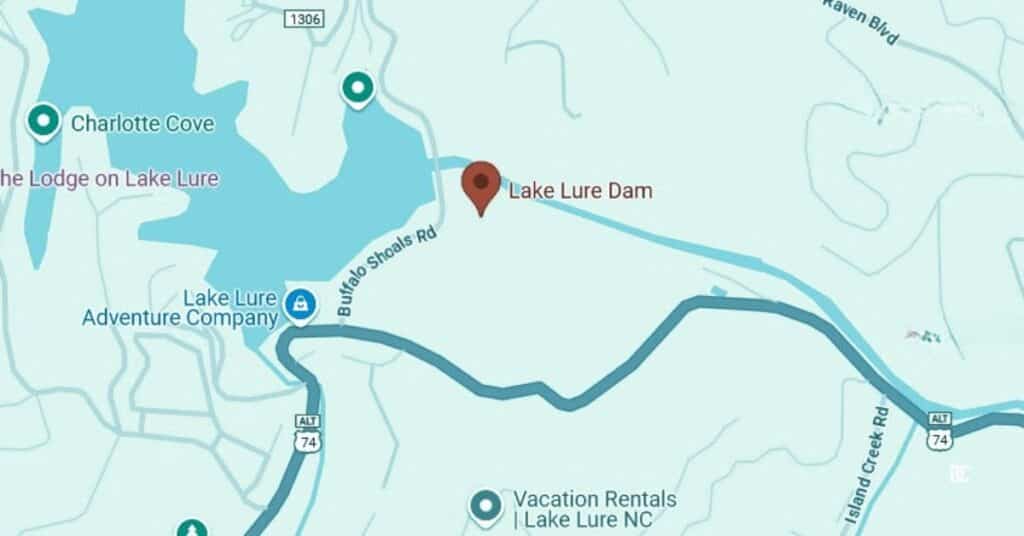The Lake Lure Dam in western North Carolina overtopped on Friday as Hurricane Helene relentlessly inundated the area, heightening fears of a potential dam failure. Located approximately 25 miles east of Asheville, the dam remains at imminent risk of breaching, which could result in devastating floods for downstream communities.
In response to the rising water levels, authorities have issued a mandatory evacuation for residents living in low-lying, flood-prone areas below the Lake Lure Dam.
The Town of Lake Lure activated mass notification sirens to alert residents of the urgent evacuation orders. Additionally, a secondary shelter has been established at the Rutherfordton Presbyterian Church, located at 252 North Washington Street in Rutherfordton, to accommodate those displaced by the threat.
Concerns have also emerged regarding a second dam, the Walters Dam, situated less than 100 miles from Lake Lure in Newport, Tennessee.
Also Read

Officials have raised alarms about the potential failure of Walters Dam, prompting evacuation warnings for nearby residents. The proximity of these two dams has intensified anxiety among communities in both North Carolina and Tennessee, leading to swift emergency responses to prevent further disasters.
Flash Flood Emergency Issued
The National Weather Service issued a critical alert on Friday evening:
“Flash Flood Emergency for the Lake Lure Dam! Dam failure imminent! Residents below the dam need to evacuate to higher ground immediately!“
This declaration underscores the severe and life-threatening conditions resulting from the dam overtopping. The North Carolina Department of Environmental Quality warned that a failure could have far-reaching consequences, potentially impacting towns in South Carolina and beyond.
The aftermath of Hurricane Helene has been tragic, with at least 41 fatalities reported across multiple states by Friday evening. Helene, a 140 mph Category 4 storm, made landfall in Florida late Thursday night, unleashing “unsurvivable” conditions along the west coast. Although the hurricane has since weakened to a tropical depression as it moved inland, it continues to pour vast amounts of water across Georgia, the Carolinas, Tennessee, and Kentucky, exacerbating flood risks and sustaining severe weather conditions.
In the wake of Helene’s devastation, over 4 million people across Florida, Georgia, South Carolina, Tennessee, and Virginia are without power. The extensive outages are expected to last weeks, posing significant challenges to recovery and daily life.
The widespread infrastructure damage complicates rescue and restoration efforts, leaving millions in prolonged darkness and without essential services.
Emergency response teams are actively engaged in rescuing individuals trapped by fast-rising waters around the Lake Lure Dam. Coordinated efforts between state and local governments aim to ensure the safety of affected populations and prepare for potential dam failures. Resources are being mobilized to support evacuations, restore power, and provide essential aid to those impacted by the storm and subsequent flooding.
As Hurricane Helene continues its northward trajectory, the Southeast remains under the threat of severe weather conditions. Residents are urged to stay informed through official channels, adhere to evacuation orders, and follow safety advisories to protect themselves and their families.
The potential failure of both Lake Lure and Walters Dams underscores the urgent need for preparedness and resilience in the face of natural disasters.






